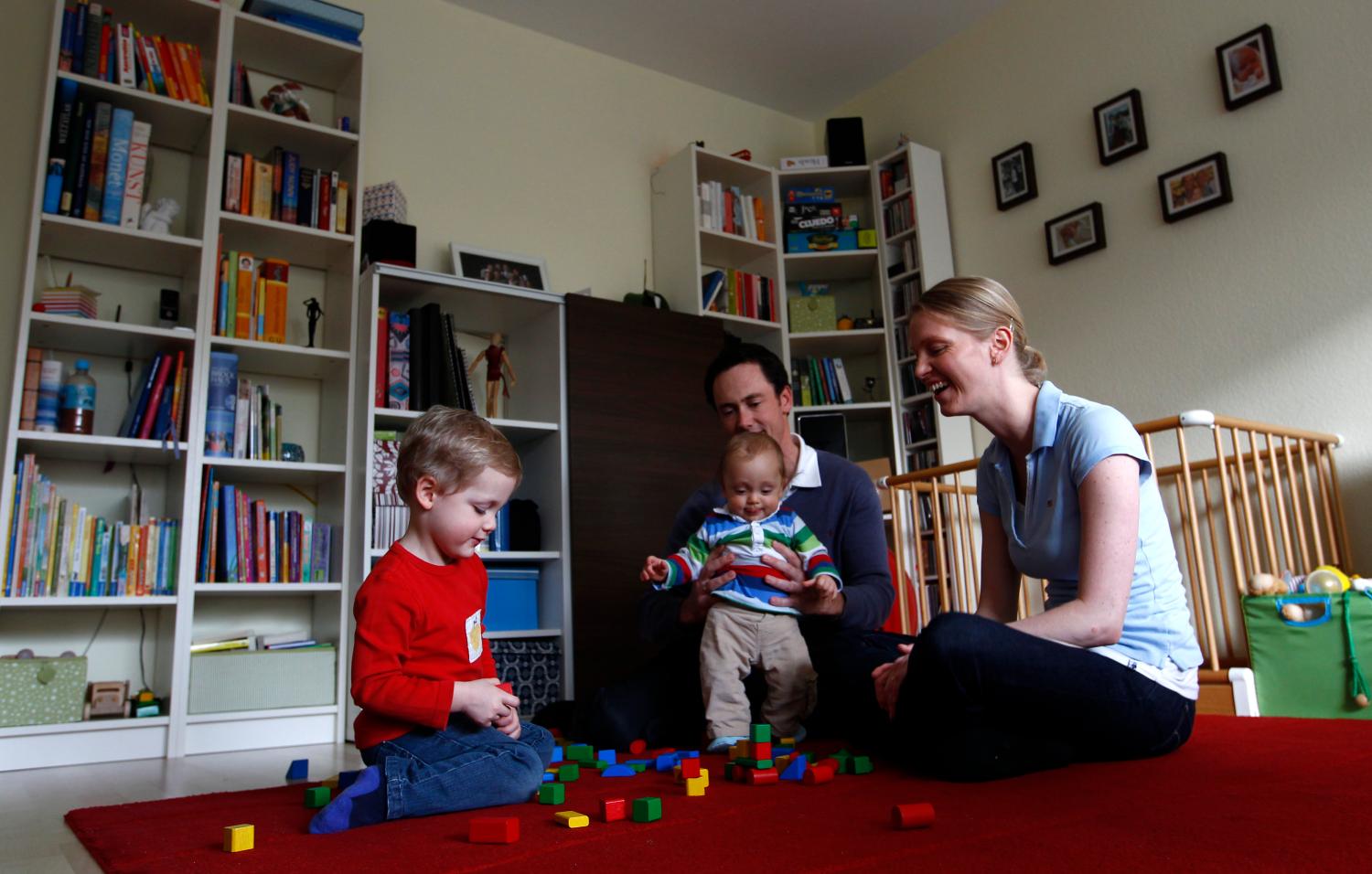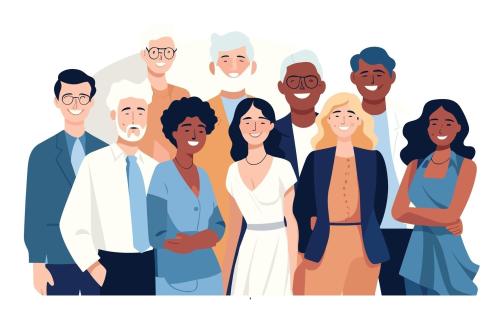In a recent Welfare Reform & Beyond policy brief, Ron Haskins and Isabel Sawhill write: “Providing [cash and cash-like] assistance has been the dominant strategy for combating poverty in the United States for many years. Yet it has been remarkably unsuccessful.” Proponents of Individual Development Accounts (IDAs) share this view, especially regarding policies aimed at children and working adults, and accordingly aim to add savings and asset development to the mix of strategies to achieve economic security and opportunity for the nation’s poor.
IDAs are matched savings accounts targeted to low-income persons. Withdrawals are typically restricted to the purchase of assets, such as buying a home, pursuing postsecondary education and training, and starting a small business. Other uses, especially the purchase of a car or computer for work-related purposes, are sometimes permitted. Accountholders are usually required to attend financial education courses prior to an asset purchase. Today most IDA programs obtain the resources to match contributions by low-income families through a blend of public and private funding.
IDAs are one among many emerging tools that aim to broaden asset ownership. Why assets? Washington University Professor Michael Sherraden, in his seminal 1991 book Assets and the Poor, offers two rationales.
First, those with assets are more economically secure, have more options in life, and can pass on status and opportunities to future generations. Second, assets have positive social, psychological, and civic effects that are independent of the effects of income. Over the last decade, research and demonstration projects have been initiated to address these claims; some of the key findings are discussed in this paper.
Read the full policy brief — (PDF – 361KB)
The Brookings Institution is committed to quality, independence, and impact.
We are supported by a diverse array of funders. In line with our values and policies, each Brookings publication represents the sole views of its author(s).



